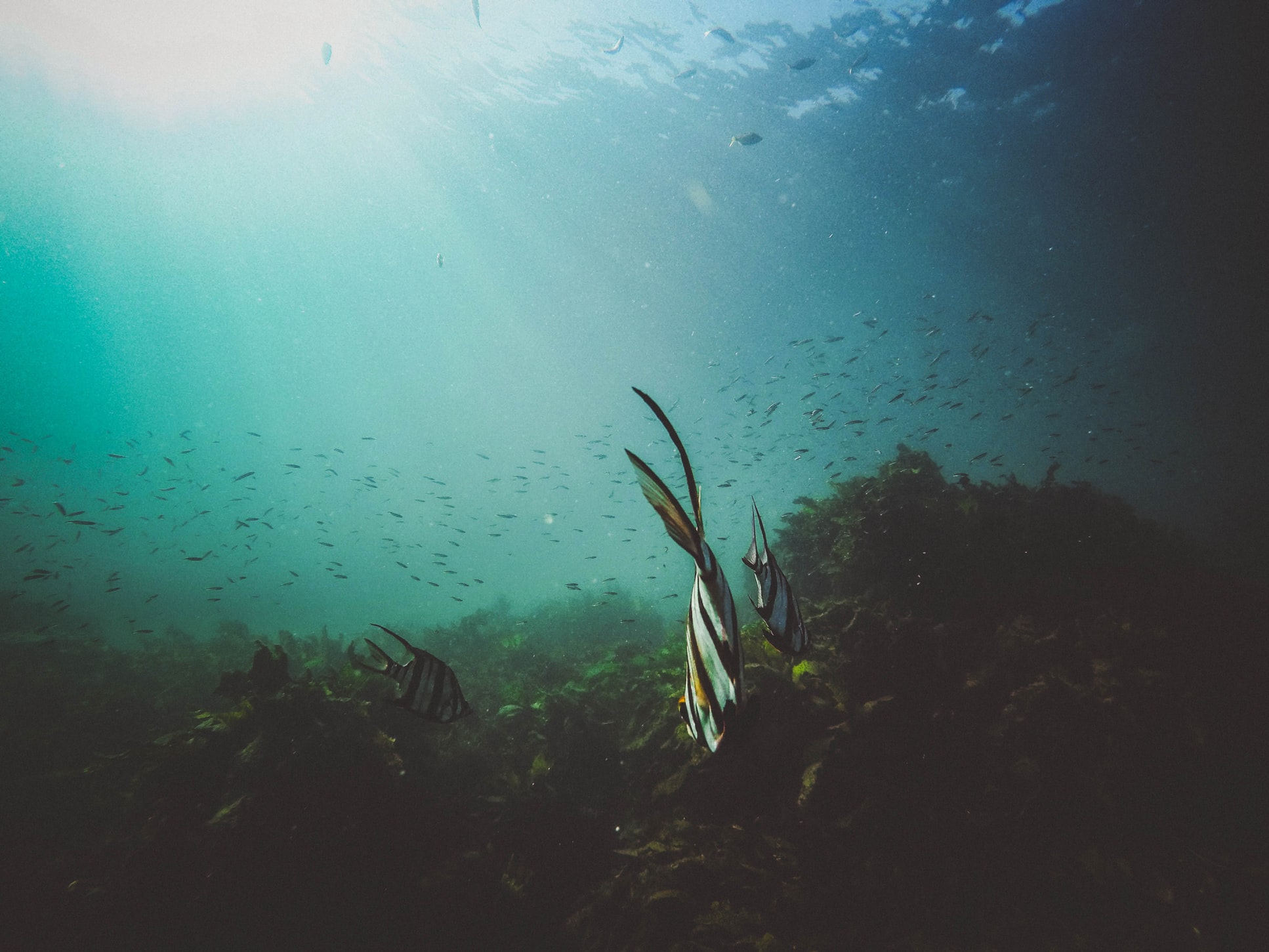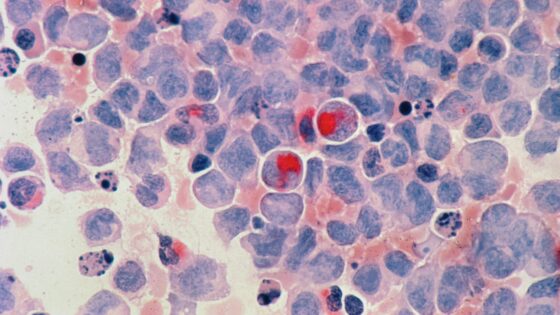
Credit: Unsplash
This spiny monster terrorized the ancient seafloors.
The ocean floor is home to a variety of hard-shelled critters known collectively as arthropods. This includes animals like crabs, lobsters, isopods, and barnacles. While some of these creatures, such as the mantis shrimp, have impressive combative capabilities, none of them are especially large. Of course, that’s only because we see how they are today; half a billion years ago, arthropods grew to terrifying sizes, especially if a newly-uncovered fossil is any indication.
Paleontologists from the Royal Ontario Museum have uncovered a previously unknown species of seabed arthropod in the Cambrian rocks from Kootenay National Park in the Canadian Rockies. This new species, named Titanokorys gainesi, is ballparked to be about half a meter long. That’s a little more than half the length of a regulation baseball bat, if you’ll pardon the unintentional pun, an absolute titan compared to most of the half-inch-long creatures that lived in the Cambrian era.
“The sheer size of this animal is absolutely mind-boggling, this is one of the biggest animals from the Cambrian period ever found,” says Jean-Bernard Caron, ROM’s Richard M. Ivey Curator of Invertebrate Paleontology.
Titanokorys is believed to belong to the family radiodonts, the precursors to the modern arthropods. This spooky seabed beast had large, spiny claws underneath its body, which it would use to grasp unsuspecting prey and shove it into its toothy, pineapple slice-shaped maw.
“Titanokorys is part of a subgroup of radiodonts, called hurdiids, characterized by an incredibly long head covered by a three-part carapace that took on myriad shapes. The head is so long relative to the body that these animals are really little more than swimming heads,” added Joe Moysiuk, co-author of the study, and a ROM-based Ph.D. student in Ecology & Evolutionary Biology at the University of Toronto.
Titanokorys gainesi was an absolute unit. https://t.co/nsltACdCV4
— Gizmodo (@Gizmodo) September 8, 2021
“These enigmatic animals certainly had a big impact on Cambrian seafloor ecosystems. Their limbs at the front looked like multiple stacked rakes and would have been very efficient at bringing anything they captured in their tiny spines towards the mouth. The huge dorsal carapace might have functioned like a plough,” added Dr. Caron, who is also an Associate Professor in Ecology & Evolutionary Biology and Earth Sciences at the University of Toronto, and Moysiuk’s Ph.D. advisor.
The researchers published their findings in a study in The Royal Society.































